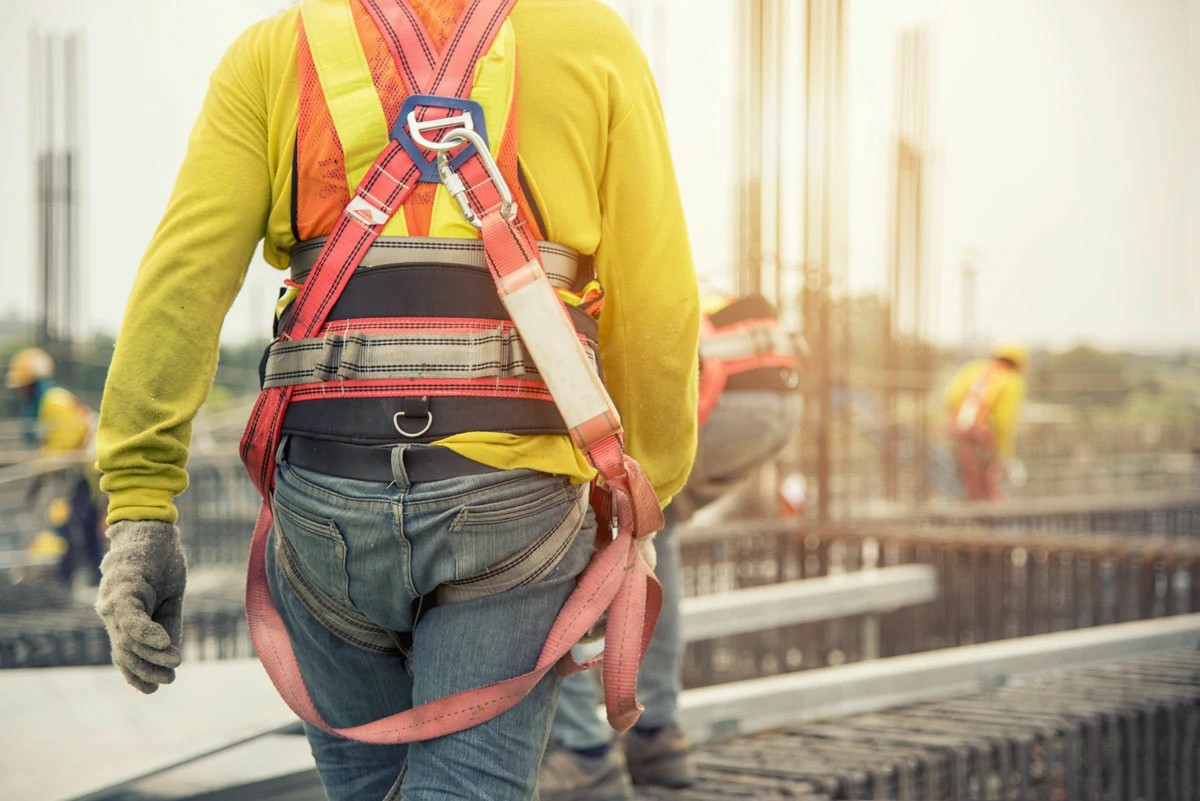Navigating the Elements: Ensuring Safety When Working at Heights in Adverse Weather
When it comes to working at heights, the weather can be a significant factor in ensuring the safety of employees. Different conditions can pose unique challenges, creating risks that require awareness and proactivity. This post explores how varying weather conditions—such as strong winds, rain, and icy surfaces—affect safety protocols and the importance of comprehensive Working at Heights training to prepare workers for these challenges.
The Impact of Weather on Working at Heights Safety
Weather conditions can dramatically influence the safety of those working at significant heights. Below, we unpack various weather conditions and their potential impacts:
1. Strong Winds
- Risk of Instability: High winds can destabilize ladders, cherry pickers, and scaffolding, increasing the risk of falls.
- Increased Hazards for Suspended Equipment: Tools and materials can be blown away, creating hazards for workers below.
- Lost Control: Workers may struggle to maintain steady footing or control of equipment, particularly on rooftops and edges.
2. Rain
- Slippery Surfaces: Wet surfaces can turn secure areas into dangerous slipping zones, increasing fall risk.
- Visibility Issues: Rain can impair vision, making it difficult to assess surroundings and safe distances.
- Electrical Hazards: Rain poses a risk for those working with power tools or near electrical systems, potentially leading to electrocution.
3. Icy Conditions
- Frozen Surfaces: Ice can create dangerously slick surfaces, particularly on ladders or scaffolding.
- Weight of Snow or Ice: Accumulations can affect the structural integrity of platforms and systems designed for elevated work.
- Physical Demand: Cold conditions can reduce dexterity, making handling tools and equipment more challenging.
The Importance of Proper Training
To combat these weather-related risks, proper training is essential. Certified Working at Heights Training courses provide workers with the knowledge and skills necessary to recognize and mitigate dangers. These programs cover:
- Risk Assessment: Understanding how to assess environmental conditions before beginning work.
- Use of Appropriate PPE: Workers must learn to select and use personal protective equipment suitable for various weather conditions.
- Emergency Preparedness: Training will include developing an emergency plan in case of sudden weather changes.
- Safe Work Practices: Techniques for anchoring and working effectively and securely in adverse conditions.
Best Practices for Working at Heights in Adverse Weather
While proper training significantly enhances workplace safety, there are additional best practices to ensure safety when working at heights during challenging weather conditions:
Strong Winds
- Postpone work if wind speeds exceed safe operational limits.
- Secure all tools and equipment and ensure ladders are anchored correctly.
- Use wind-resistant platforms and gear when necessary.
Rain
- Implement slip-resistant footwear and ensure surfaces are adequately drained.
- Employ tarps or canopies to shield work areas from rain where possible.
- Reduce work speed and adopt a cautious approach.
Icy Surfaces
- Inspect surfaces for ice and take preventative measures such as salting.
- Use equipment designed for winter conditions, including anti-slip devices.
- Encourage workers to communicate about conditions to ensure situational awareness.
Call to Action
Understanding how weather conditions affect safety when working at heights is crucial for employers and employees alike. Proper training and preparedness can significantly reduce risks, making it vital for companies to invest in Working at Heights training.
For those in Dublin, Cork, and Galway looking to enhance their organization’s safety standards, consider enrolling in a Working at Heights Course Online. Contact us at [email protected] to learn more about our Working at Heights Certification programs tailored to your needs.



 349,500 Offered Certificates
349,500 Offered Certificates
 24/7 Online Training
24/7 Online Training
 Money Back Guarantee
Money Back Guarantee
 Fully Accredited Courses
Fully Accredited Courses
